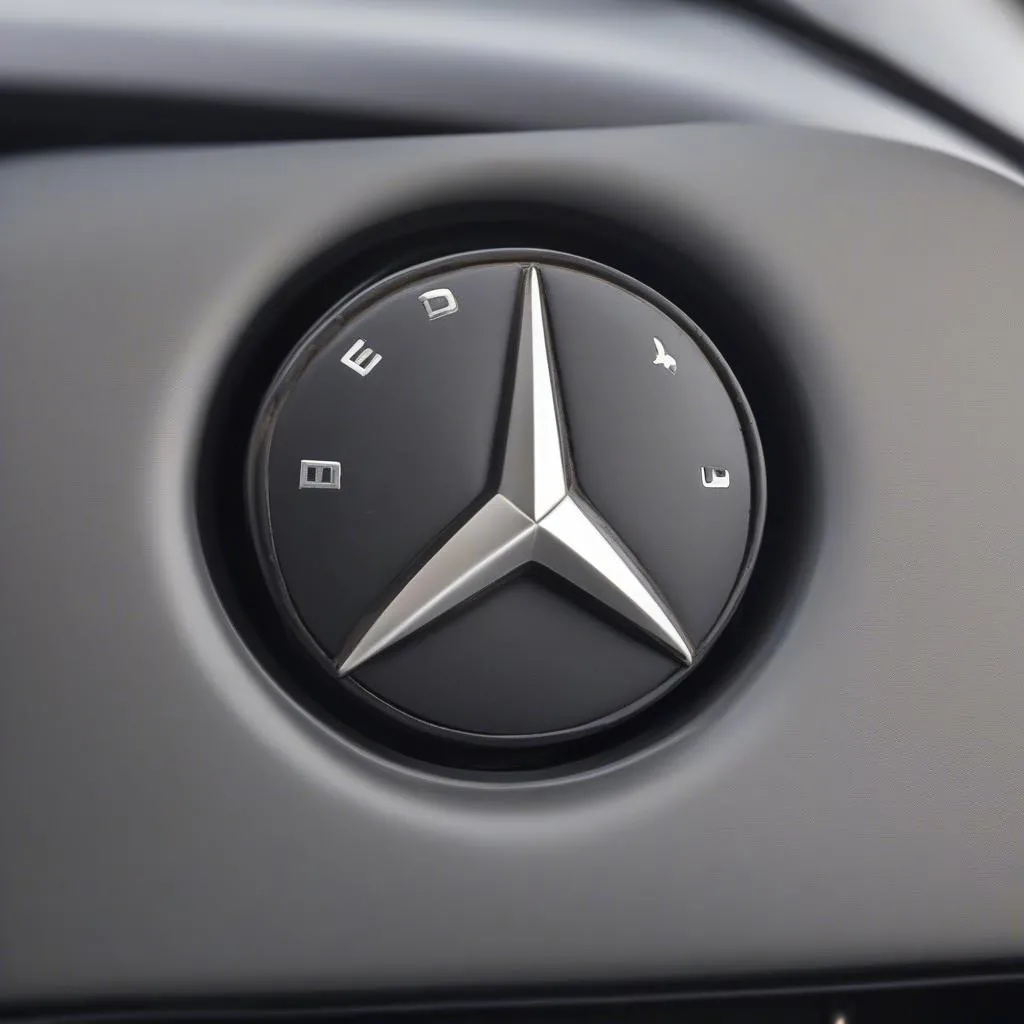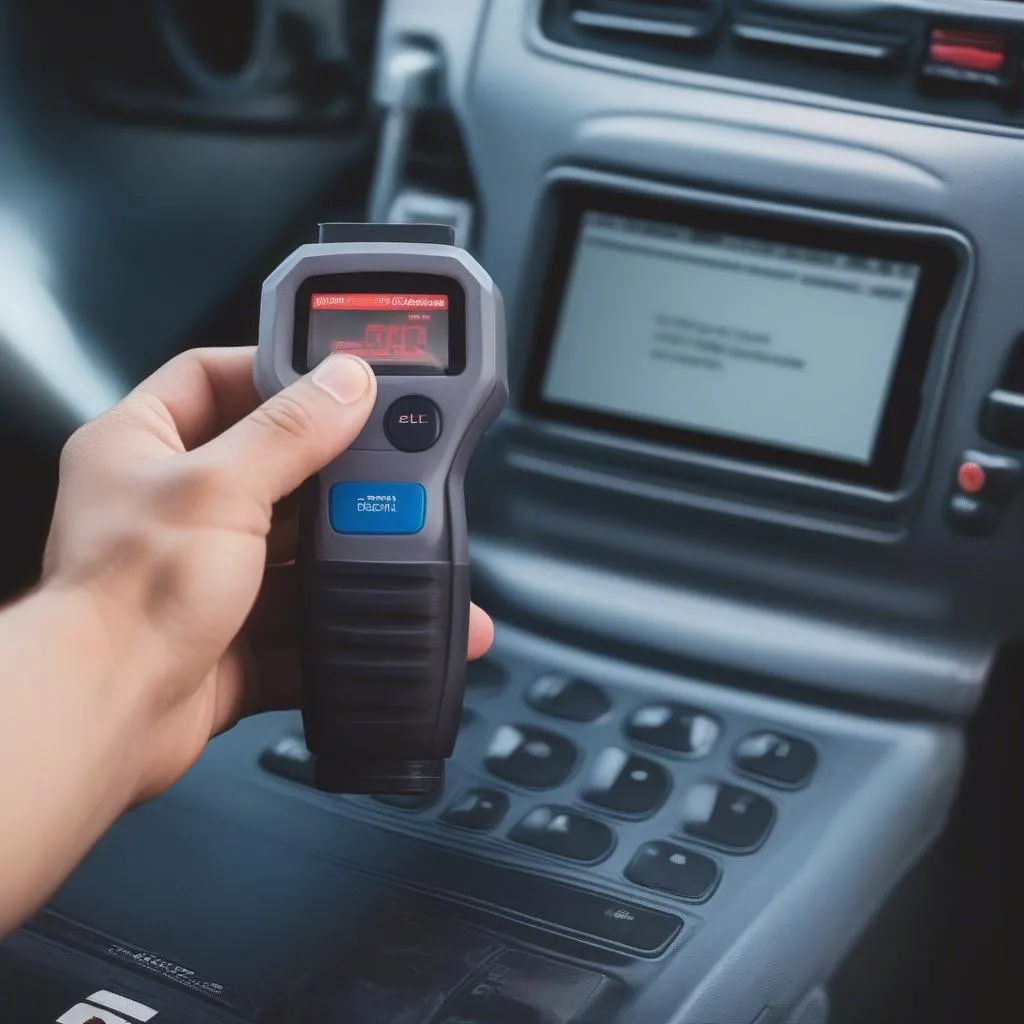Is your Mercedes-Benz E320 triggering the dreaded “Check Engine” light? Before you envision expensive repairs, consider this: the culprit might be a loose, damaged, or missing gas cap. While it may seem trivial, a faulty gas cap can significantly impact your car’s performance and fuel efficiency. This guide will walk you through identifying and fixing gas cap problems on your Mercedes-Benz E320.
Common Causes of Gas Cap Problems
A range of issues can arise with your gas cap:
- Loose Cap: The most common problem is a loosely tightened cap after refueling.
- Worn-out Seal: The rubber seal inside the cap can deteriorate over time, leading to fuel evaporation and leaks.
- Damaged Cap: Physical damage from drops or impacts can compromise the cap’s seal.
- Missing Cap: It’s easy to misplace a gas cap, especially in a rush.
Identifying a Gas Cap Problem
Here’s how to tell if your gas cap is the problem:
- “Check Engine” Light: A glowing “Check Engine” light is often the first sign.
- Fuel Smell: A strong fuel odor around your car, especially after parking, indicates a leak.
- Hissing Sound: You might hear a hissing sound from the fuel tank area when the engine is off.
- Poor Fuel Economy: A leak or loose cap can lower your fuel efficiency.
Tools You’ll Need
- New Gas Cap (if necessary): Purchase a genuine Mercedes-Benz replacement for optimal compatibility.
- Clean Cloth: Use a clean cloth to wipe around the gas cap area.
 Mercedes E320 Gas Cap
Mercedes E320 Gas Cap
Fixing the Gas Cap Issue
- Inspect the Gas Cap: Check for any visible cracks, damage, or debris on the cap and around the fuel filler neck.
- Tighten the Cap: If the cap seems loose, try tightening it clockwise until you hear a click.
- Clean the Seal: If the seal appears dirty or damaged, clean it with a soft cloth. If it’s worn out, you’ll need a new gas cap.
- Replace the Gas Cap: If the cap is damaged or missing, replace it with a new one specifically designed for your Mercedes-Benz E320 model.
- Reset the “Check Engine” Light: After replacing or fixing the cap, you may need to reset the “Check Engine” light. Consult your owner’s manual or use an OBD-II scanner for instructions.
 Resetting Check Engine Light
Resetting Check Engine Light
Frequently Asked Questions
Q: Can I drive with a loose gas cap?
A: While you can drive for a short distance with a loose gas cap, it’s not recommended. A loose cap can lead to fuel evaporation, reduced fuel economy, and even trigger the “Check Engine” light.
Q: How often should I replace my gas cap?
A: It’s generally a good idea to inspect your gas cap annually for wear and tear and replace it if necessary.
Q: Can I use any gas cap on my Mercedes-Benz E320?
A: For the best fit and performance, it’s recommended to use a genuine Mercedes-Benz gas cap designed for your specific model year.
Q: What if the “Check Engine” light doesn’t turn off after replacing the gas cap?
A: If the light persists, there might be another issue with your vehicle. Consider using an OBD-II scanner to read the error codes or consult a qualified mechanic.
CARDIAGTECH offers a range of products that can help you diagnose and troubleshoot issues with your car, including OBD-II scanners. You can find out more about their products here.
Conclusion
Addressing a gas cap issue on your Mercedes-Benz E320 is a relatively simple DIY fix. By promptly addressing this, you can prevent potential problems like reduced fuel efficiency, fuel odor, and a glowing “Check Engine” light. Always remember to prioritize regular maintenance and address any concerns promptly to keep your E320 running smoothly.


